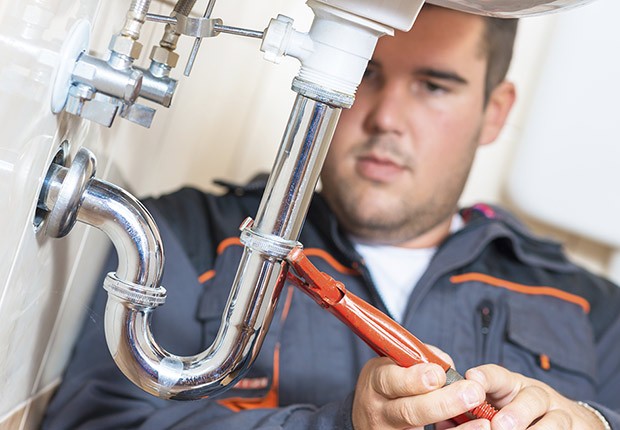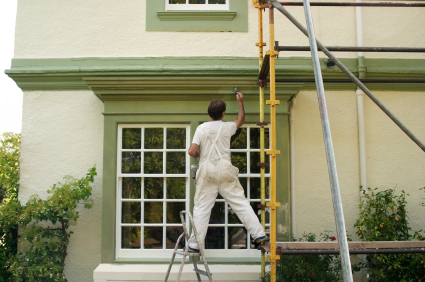U.S News By Lars Peterson
Owning a home sometimes feels like owning a never-ending to-do list: Fix this, replace that. When does it end? For responsible homeowners, it never does. But overlooking the small stuff can add up to big repair bills later.
With winter finally subsiding, spend some time and a little money giving your home a checkup. It could save you from spending much more down the road.
1. Inspect Kitchen and Bathroom Caulk.
The caulking in kitchens and bathrooms keeps water from seeping into the crevices and crannies around sinks and tubs. Once the water gets in, mold proliferates (especially in damp areas around showers and tubs). Worse, infiltrating water could lead to wood rot in the structural framing beneath. Recaulking old or mildewed caulking is a basic home repair, requiring only a few tools and inexpensive materials. Replacing rotten flooring, joists and wall studs is a much, much bigger job.
2. Fix Plumbing Leaks.
Fixing leaky faucets and other common household plumbing leaks can save the average homeowner about 10 percent on water bills, according to the U.S. Environmental Protection Agency. Leaks or burst pipes that allow water to find its way into walls, floors and foundations can lead to significant damage, with repair costs reaching thousands of dollars. It’s easy to notice — and fix — a leaky faucet. Finding other kinds of leaks can be a lot more difficult, even with regular inspections.
3. Clean and Seal Outdoor Decking.
The weather will take its toll on outdoor decking. A few gallons of sealant will set you back $50 or less and a weekend afternoon of effort. Allowing your decking to go untreated for a season or three is likely to result in damaged decking — and damaged ties and joists underneath. Those repairs are a much bigger job that would require more time and effort, and cost a lot more money for materials.
4. Inspect for Termites and Other Bugs.
Many pest control companies offer home termite inspections for free, but the typical inspection costs $65-$100, according to costhelper.com. The average homeowner who finds damage caused by termites spends $3,000 on repairs, Termites.com reports. Whole house fumigation could cost more, depending on the size of the home. But infestations caught early can be treated with spot treatments and bait, and the associated damage is likely to be much less severe.
5. Inspect the Roof and Clear Gutters.
Once again, water is the enemy here. Check the areas around roof openings, including chimneys, exhaust flues and skylights, which are all candidates for leaks. You’ll also need to climb into your attic and peer closely at roof beams and joists near those openings. Dark spots indicate leakage. Leave roof repairs to the professionals.
Gutters clogged with debris (or ice, during winter), can cause water to back up and seep under shingles and siding. Keeping gutters clear is an easy job, and an inexpensive one — under $200 even if you rely on a pro to do the dangerous ladder work.
6. Inspect Exterior Paint and Siding.
Your exterior paint keeps your house looking sharp. More important, it keeps your house’s worst enemy — yes, water again! — from damaging key structural components beneath. Look for areas of dry, chalky paint and cracked, flaking or peeling paint. Small areas, especially trim around doors and windows, can be sanded and repainted by most homeowners. For bigger jobs, like for an entire home, professional painters might charge up to $5,000, depending on the size of the home. The longer you wait to repaint, the greater the likelihood that water and pests can cause much more damage.
Other types of exterior siding — vinyl, Masonite, stucco — should be inspected and repaired regularly, too.
7. Inspect Foundation and Concrete Slabs for Cracks and Fissures.
When concrete cures, it shrinks slightly. Over time, it can develop slight hairline cracks and fissures. Such cracks are unsightly, of course, and can allow water and insects to infiltrate and lead to more significant damage. Most homeowners can repair smaller cracks and fissures with a variety of inexpensive products.
For larger, recurring cracks and bulges, contact a professional home inspection engineer who can identify the problem, suggest appropriate solutions and advise you on associated costs.









